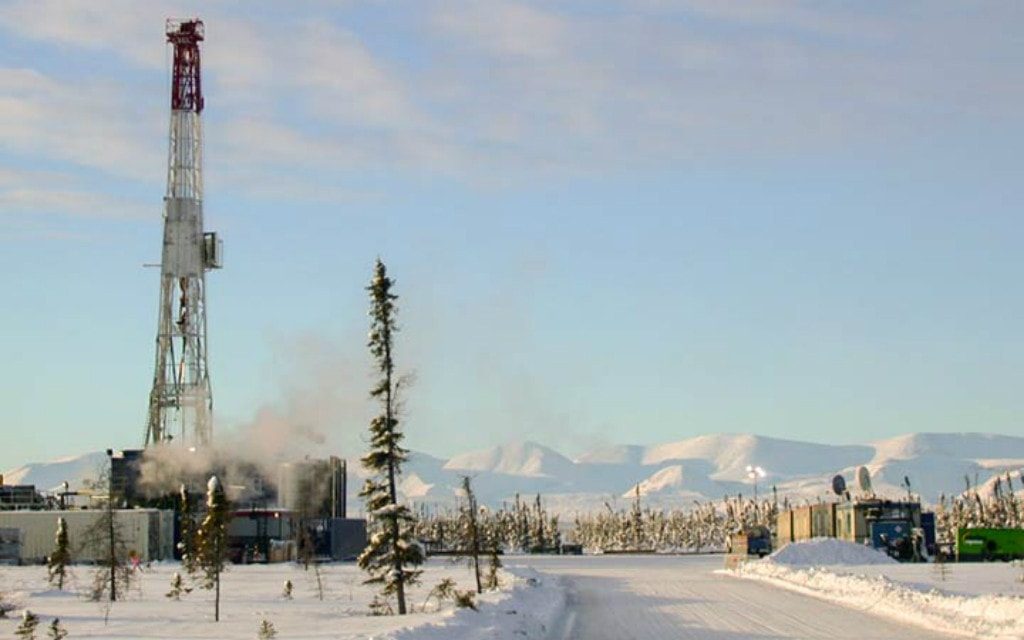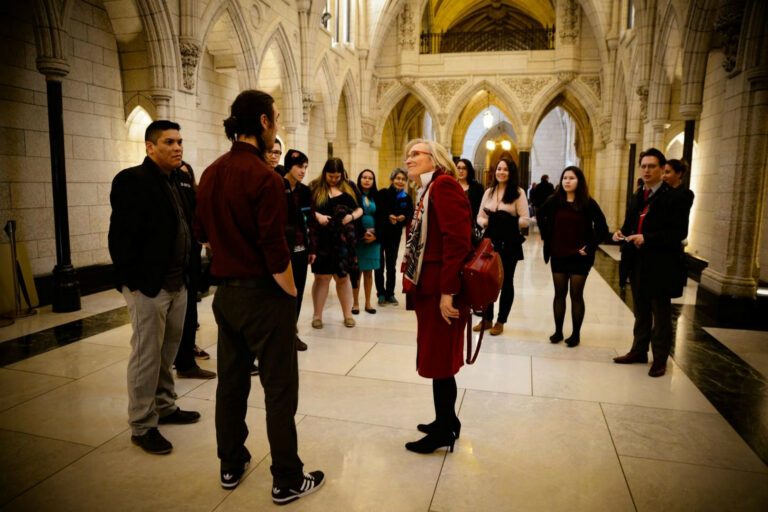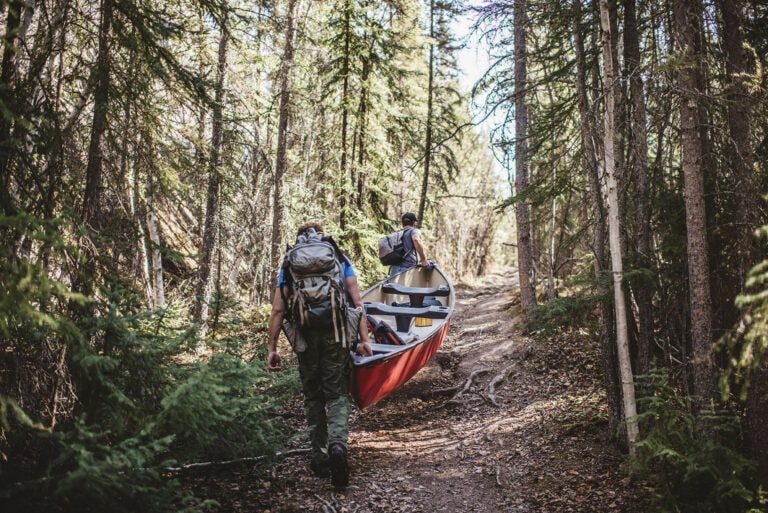Most of you know there’s an industry making its way into the Northwest Territories called fracking. Fracking is likely a word you’ve heard in the context of either economic glory or environmental catastrophes. It’s a politically polarizing, community-dividing topic. Which makes it an important issue to get to know better.
Since the basic facts and understood realities of fracking are often lost in to the politics surrounding the topic, I’m going to give you a quick and dirty overview on what it means to frack, and bring you up to speed on current fracking projects here in the NWT.
First thing I’d like to clear up is that there are actually two types of fracking. It’s hard to believe that this fact is rarely, if ever, clarified by the people speaking knowledgeably about it.
“Hydraulic fracturing has been happening for over 50 years.” I’ve heard this line more than a few times. Though the statement is technically true, those stating it fail to mention that they’re referring to conventional fracking – which is not what the current frack hype is about. Conventional fracking is the straight down approach, and may reach a few kms in depth. Hydraulic fracturing is used in conventional wells as they near the end of production – fracking gets the last bit of oil or gas out.
However, unconventional, or horizontal hydraulic fracturing, is a newer technology, attempted for the first time in the late 1980s, and only made economically viable on a large scale in the early 2000s. It uses much higher pressures, more water, and each well is fracked numerous times. The horizontal part comes in once the desired depth is reached. After going up to 2 km down, the well drilling turns sideways and continues on horizontally. For kilometres. Sometimes under homes. Unavoidably under aquifers.
If you’re a fracking-savvy skeptic and don’t think aquifers are in danger from fracking, or believe that methane naturally vents from kitchen sinks in quantities enough to be lit on fire, consider this: each fracking well uses, and automatically contaminates, between 10-25 million litres of high quality H20. Picture roughly 500 standard, in-ground pools worth of fresh water. For a single well.
If the fresh water going into these wells came back out unsullied, it wouldn’t be such a big deal. However, a long list of toxic chemicals and solvents are added to it, and are literally impossible to get out. The solution so far is to dilute the water with more fresh water and use it again, but after that, one can either pump the used water into old well bores, or store it in perpetuity in above ground containers.
For a finite resource such as fresh water, with scientific research continually giving us projections of desertification, global sea levels (salt water) rising, and the emptying of long-used and slow-to-recover aquifers, you’d think we would be trying our darndest not to permanently remove billions of litres of fresh water from the earth’s water cycle. Instead, we’ve been giving permits to companies to do exactly that.
Though some people figure that technology will quickly solve these fracking issues, it’s good to check in with industry publications to see what fracking experts in the industry itself have to say. For example, Western Canada’s Oil & Gas Inquirer published a recent (November 2014) article called “Water Worries.” The authors go into great detail explaining how Canada does not have regulations in place to ensure water supplies won’t be depleted as a result of fracking. It also gives a good picture of the issues fracking operations have had in the United States regarding water usage and the resulting contaminated water.
As fracking is still in its infancy as an industry in the NWT, we have the opportunity to get ahead of the potentially devastating community, environmental, and health problems that have been caused by the industry – which in turn have caused the industry to be banned in places all over the world.
So far, there really hasn’t been any honest discussion in the NWT about fracking and if it’s the right fit for us at this time. At the end of this month, the GNWT will be releasing draft fracking regulations. As a member of the public with many questions about fracking myself, I’m hoping the community will be given ample time to comment and have our questions answered.
Because despite what David Ramsay told Alberta Oil Magazine in 2013 about development in the Sahtu Region (“We have to understand this – if there’s no fracking, there is no development. It’s that simple.”), feasible development alternatives do exist. But our government has to have the will to invest in these alternatives.
Coming out of the long dark of winter, one might scoff at solar in the NWT. But as the Colville Lake Solar Project can attest, solar energy is feasible even above the Arctic Circle. On March 11, 2015, its solar array produced 161 kilowatt-hours. That’s the equivalent energy produced by 14.5 litres of diesel fuel. On a cloudy, very early spring day. Imagine the energy storage capacity during the summer!
Solar is one of a few viable alternative energies up here. When you invest in renewable energy industries, you’re investing in an industry that will continue on forever – or as long as the sun shines on this planet, if it’s solar. Wouldn’t it be nice to have a sustained, thumping economy in the Sahtu rather than another example of northern boom and bust?
While citizens of the NWT are waiting to see new GNWT fracking regulations due out this spring, the industry has already started here. So far, there are already two exploratory frack wells operating in the NWT by Conoco-Philips, with another 10 permitted. That’s 120-300 million litres of water just for Conoco-Philips’ current wells. There are four other companies, including Husky Oil and Imperial Oil, who own leases along the Mackenzie River for future shale gas exploration.
More recently, while discussing the future of energy in the NWT, Ramsay stated; “You will see the Northwest Territories more aggressive in promoting the opportunities that exist here.”
So for the time being, it seems we’re staying the course.
Keep your ear to the ground. It’s your North too.







